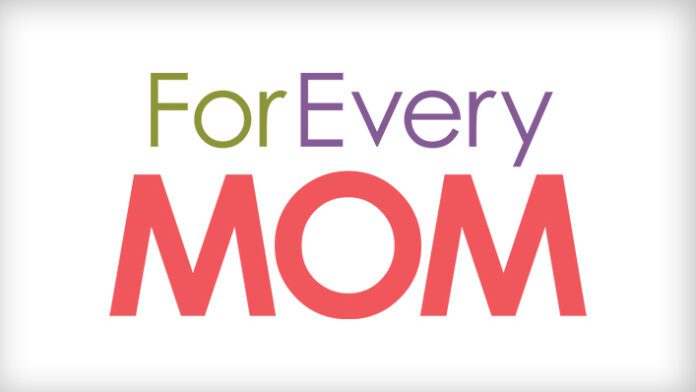Back-to-School School Safety Tips for Young Children
For parents sending their child to childcare for the first time, it can be an overwhelming experience. Because babies and toddlers can’t report problems to parents, it’s up to caregivers to be their child’s eyes and ears. Don’t be afraid to ask providers tough questions and practice safety and preparedness procedures with children.
Care.com says, “Nothing is more important than making sure your child is safe and happy. If you’re happy, your child will be, too. Even if a facility is licensed, accredited or recommended, if it doesn’t feel right, keep looking.”
Inside and Outside Safety
-
Remove all necklaces and jackets with drawstrings. These items can cause accidental strangulation on the playground and inside childcare facilities
-
Check the playground for uneven ground surfaces, secure guardrails and barriers, wide openings between rails and bars, and sharp points and edges.
-
Teach children to move away from cars when they turn on, and especially when pulling out of a parking space.
-
Obey traffic laws by using sidewalks and crosswalks. Be alert for distracted drivers.
-
Show children how to get on and off the bus safely.
-
Make sure your childcare facility performs regular headcounts. Children should never be forgotten on the bus.
-
Make sure hazardous products are stored away and kept out of the reach of children.
-
Make sure all doors are locked from the outside so an intruder cannot walk into the facility.
-
See something, say something: If you notice any suspicious individuals or behaviors near the childcare facility, don’t hesitate to call 9-1-1.
Emergency Preparedness, Response, and Recovery
-
Practice emergency preparedness drills in an age-appropriate manner. Have children participate in making emergency kits and to-go bags.
-
Check the parent handbook: make sure it includes updated safety procedures and protocols, as well as emergency preparedness, response, and recovery measures.
Communications
-
Update all communications: contact numbers, email addresses, and pediatrician information.
-
Check-in Policy: make sure providers call you if your child does not show up to childcare.
-
How does the facility plan to reach you? Text, email, or phone call?
Following and practicing back-to-school safety protocols will help ensure that parents and young children have secure and happy childcare experiences.
***
This post originally appeared at childhoodpreparedness.org, published with permission.
The Institute for Childhood Preparedness’ award-winning staff has decades of experience in emergency preparedness, response and recovery, and early childhood education. We teach parents, students, teachers, and staff safety techniques to keep everyone safe, secure, and prepared during an emergency or natural disaster. We can come to your school or community to host an active shooter training, safety summit, or emergency preparedness training. Schedule a training with us today.



